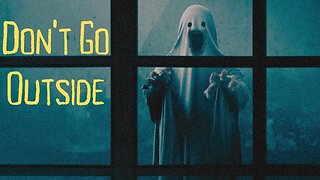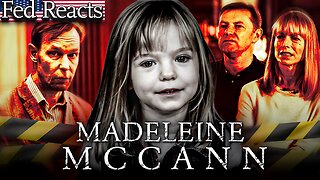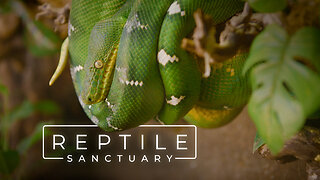Bruch: Scottish Fantasy, Op. 46
Performed by Shen Yun ArtistsDavin Ma, ViolinChia-Chi Lin, ConductorShen Yun Symphony Orchestra
Scottish Fantasy, Op. 46
The German Max Bruch was not the first composer to be inspired by the melancholic beauty of Scotland—Beethoven and Haydn had arranged Scottish folk songs and Felix Mendelssohn had also been inspired to write his Hebrides Overture as well as his Third “Scottish” Symphony.
Although a pianist, Bruch is most famous for his works for solo string instrument and orchestra, like this piece or his First Concerto for Violin and Kol Nidre for cello and orchestra.
Bruch composed the work during 1879-1880 with input from violinist Joseph Joachim. It was Joachim who also premiered the composition in February 1881, with Bruch serving as conductor. Despite Joachim’s involvement, the piece is dedicated to another famous violinist, Pablo de Sarasate, who later also played it with Bruch conducting.
Each movement of Fantasy is based on a different Scottish folk song. The piece begins with a somber introduction, based on the song “Through the Wood Laddie.” Bruch claimed this introduction should bring to mind “an old bard who contemplates a ruined castle and laments the glorious times of old.” The harp in this slow introduction recalls the “old bard,” the traditional storyteller and musician in Celtic cultures.
The introduction then leads to the beginning of the first movement. It is based on the folk melody “Auld Rob Morris,” and is played by violin and harp.
The second movement is a scherzo based on the tune “The Dusty Miller.” Just before the solo entrance of the violin, listeners are brought to Scotland through Bruch’s imitation of bagpipes, while the violin plays the jaunty folk melody.
Bruch moves into the third movement, a set of variations based on the folk melody “I’m A’ Doun for Lack o’ Johnnie.” The tempo of the last movement is marked Allegro guerriero, or “warlike allegro.” It is appropriate since this last movement features the tune “Hey Tuttie Tattie,” purportedly played by Robert the Bruce before his triumph at the 1314 Battle of Bannockburn, which helped establish Scottish independence.
The rousing character of the final movement is interrupted when the opening folk song returns, leading to the final cadenza. Bruch ends the work with a final statement of “Hey Tuttie Tattie,” a fitting tribute to the resiliency of the Scottish spirit.
-
🔵Watch The Full Episode 👉https://ept.ms/ScottishFantasyOp46
-
Shen Yun Performing Arts is the world’s premier classical Chinese dance and music company.
Shen Yun Creations are available at ShenYunCreations.com.
Follow ShenYunCreations on social media:
Facebook: https://www.facebook.com/shenyuncreations/
Instagram: https://www.instagram.com/shenyuncreations/
Twitter: https://twitter.com/ShenYunCreation
Gettr: https://gettr.com/user/sycreations
Gab: https://t.me/ShenYunCreations
-
 1:03
1:03
EpochTV
2 days agoThe Presidential Protection That Trump Was Denied, Biden Is Now Seeking
2.76K2 -
 29:54
29:54
TampaAerialMedia
19 hours agoMiami Travel Guide - Downtown, Key Biscayne, Coral Gables
15K11 -
 9:06
9:06
Mally_Mouse
17 hours agoCongress is getting trashy
19.5K40 -
 1:15:15
1:15:15
TheTapeLibrary
14 hours agoScary Stories On A Rainy Night (Rain Sounds | Relaxing Horror Stories To Fall Asleep To)
14.1K2 -
 3:41:38
3:41:38
The Jimmy Dore Show
1 day agoThe Jimmy Dore Live Panel Show
160K178 -
 8:02:15
8:02:15
SNEAKO
13 hours agoFRESH EDATE, SPECIAL GUEST, BIG STREAM
161K94 -
 8:04:33
8:04:33
Fed Reacts
15 hours agoFed Explains The Disappearance of Madeleine Mccann & Overwatch Raging!
77.9K54 -
 2:24:44
2:24:44
vivafrei
1 day agoEp. 211: Trump Trial, Jack Smith, Tyson Loses, Ukraine, Russia V. Google & MORE!
191K409 -
 3:02:10
3:02:10
Due Dissidence
1 day agoSeinfeld Show INTERRUPTED by Protests, Police CRACK DOWN on Nakba March, Cardi B TRASHES Biden
102K88 -
 15:48
15:48
PARAGRAPHIC
1 day agoThe Largest Reptile Sanctuary in the United States | PARAGRAPHIC
47.3K23